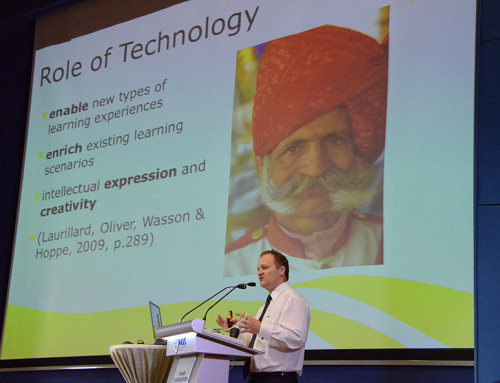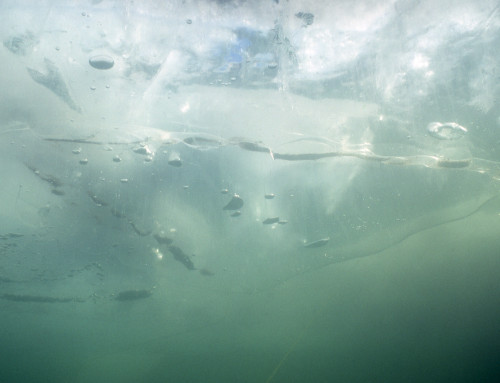This presentation focussed on how new generation tertiary education students interact in a digital age. It discussed how they adapt and customise their learning and personalise their interactions to suit their needs. It will argue that students need to acquire a range of literacies to successfully personalise their learning and social environments. New generation tertiary education students are characterised by having a rapport or relationship with technology and they have an inherent need to express themselves through multiple avenues which utilise user-generated content. User-generated content includes artefacts created by the student that are uploaded to the internet for sharing with other people. Knowledge acquisition now focuses on networks and ecologies, and knowledge now requires literacies in networking (Siemens, 2006). In addition, our learning is increasingly mobile as we move through a wider range of spaces. We now expect to be able to work, learn, and study whenever and wherever we want (Johnson, et al, 2012).
Higher education learning is no longer typified by a singular place of learning but a range of places and spaces that we seamlessly move through (Keppell & Riddle, 2012). For example, a student may move through a variety of learning spaces on any given day. This may include working at home, reading journal articles on the train, sitting in a cafe and perusing some of the work on a learning management system. Spaces for knowledge generation may be physical, blended or virtual areas that enhance learning, motivate learners and promote authentic learning interactions. Students require literacies to adapt and personalise distributed learning spaces. The personalised learning model suggested in this presentation focuses on students customising their learning environment and creating their own digital identities. It is suggested that personalising learning requires a range of literacies and we need to explicitly teach students how to design their own personal learning spaces and own their place of learning.
References:
- Johnson, L., Adams, S., Cummins, M., and Estrada, V. (2012). Technology Outlook for STEM+ Education 2012-2017: An NMC Horizon Report Sector Analysis. Austin, Texas: The New Media Consortium.
- Keppell, M. & Riddle, M. (2012). Distributed learning places: Physical, blended and virtual learning spaces in higher education. (pp. 1-20). In Mike Keppell, Kay Souter & Matthew Riddle (Eds.). (2011). Physical and virtual learning spaces in higher education: Concepts for the modern learning environment. Information Science Publishing, Hershey.
- Siemens, G. (2006). Knowing knowledge. Creative commons.
[/fusion_builder_column][/fusion_builder_row][/fusion_builder_container]






Leave A Comment